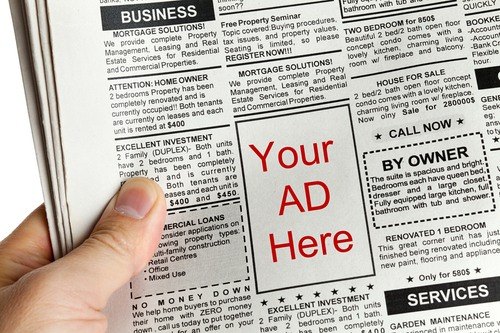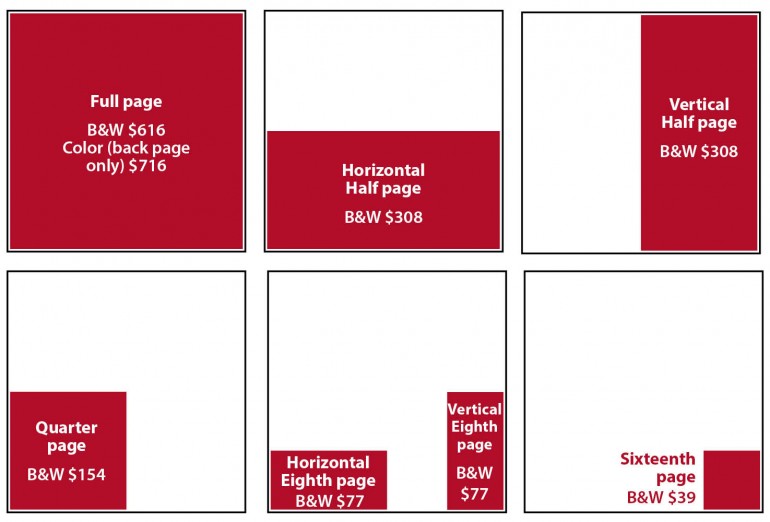Newspapers. They’re not just sheets of paper with ink on them; they’re portals to the world, connecting us to the latest happenings and stories. But have you ever stopped to think about how much it costs to get your message out there, printed in black and white for all to see? Let’s dive into the intriguing world of newspaper advertisement costs.
First things first, let’s rewind a bit and talk about the origins of newspapers. They emerged centuries ago, born out of the need to disseminate information to the masses. From humble beginnings, they evolved into the cornerstone of print media, holding a crucial place in our society’s information ecosystem.
Now, let’s shift gears and talk about advertising. It’s been around for ages, starting as simple notices posted in public spaces and gradually evolving into the juggernaut industry it is today. With the rise of digital platforms, advertising has taken on new forms, but newspapers have stood the test of time as one of the most popular channels for advertisers.
Despite the digital disruption sweeping the media landscape, newspapers continue to hold sway over audiences. People trust newspapers. They value their authenticity and reliability, and this sentiment holds especially true in India, where print media is held in high regard.
Now, let’s zoom in on newspaper advertising. Research has shown that newspaper ads have a higher convincing power than their radio or television counterparts. Unlike online ads, which people often go out of their way to avoid, newspaper ads are readily welcomed by readers.

There are different types of newspaper ads to choose from: classified text, classified display, and display ads. Each has its own unique characteristics and costs. Classified text ads are simple, text-only ads charged based on the number of lines or words. Classified display ads, on the other hand, allow for some design elements alongside text and are charged based on space. Display ads are the most visually striking, occupying larger spaces and offering more creative freedom at a higher cost.
Despite the variegated landscape of advertisement costs, newspapers remain an economically viable avenue for reaching target audiences. Factors such as publication day, page positioning, and ad dimensions influence pricing dynamics, necessitating strategic planning to optimise return on investment.
For advertisers seeking to navigate the intricacies of newspaper advertisement costs, platforms like releaseMyAd provide invaluable assistance. With transparent pricing structures and seamless booking processes, they empower advertisers to leverage the expansive reach of newspapers effectively. Explore the array of discount packages tailored to various publications, and embark on a journey to amplify your brand’s visibility in the realm of print media. Embrace the power of newspaper advertising and unlock new avenues of exposure for your message.



